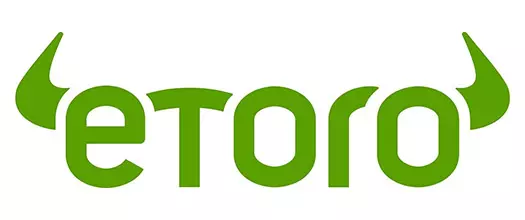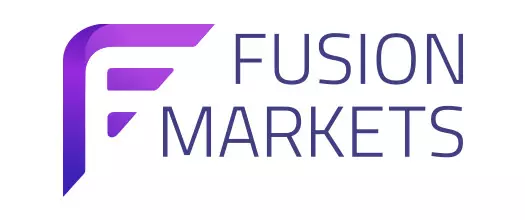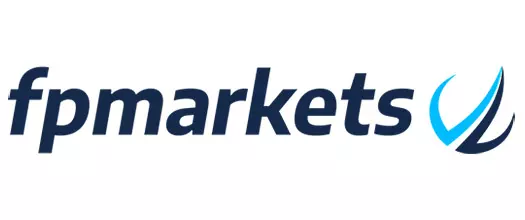- Jump to:
- Main Features of the Top Forex Trading Brokers with High Leverage
- How Forex Trading Works for Traders and Brokers
- FAQ
Our team of expert traders tested dozens of regulated forex brokers to compile a shortlist of the best sites for high-leverage trading. Some of the brokers recommended on this page offer leverage as high as 1:3000 to traders from select jurisdictions. Each recommended broker received a quality score based on several factors, including Trustpilot rating, regulation, fees and commissions, available trading platforms, customer service quality, and more.
 Plus500 USThis content applies only to Plus500 US and clients from the United States. Trading futures involves the risk of loss.
Plus500 USThis content applies only to Plus500 US and clients from the United States. Trading futures involves the risk of loss. eToro61% of retail investor accounts lose money
eToro61% of retail investor accounts lose money Fusion Markets74-89% of retail's CFD accounts lose money
Fusion Markets74-89% of retail's CFD accounts lose money FP Markets73.85% of retail investor accounts lose money
FP Markets73.85% of retail investor accounts lose money Global Prime74-89% of retail CFD accounts lose money
Global Prime74-89% of retail CFD accounts lose money Pepperstone75.5% of retail investor accounts lose money
Pepperstone75.5% of retail investor accounts lose money
We have thoroughly evaluated all brokers listed below using TradingPedia’s exclusive methodology.
Main features of forex trading brokers with high leverage
- Brand
- Trading platforms
- Minimum deposit
- Regulations
- Trading instruments
- Spreads
- Leverage for Forex CFDs
- Leverage for Crypto CFDs
- Leverage for Indices CFDs
- Deposit methods
- Withdrawal Methods
- Commission per Lot
- Contact details
Choosing a reliable broker is perhaps one of the most important decisions a trader can make. The supported platforms and tools for market analysis, along with the available markets themselves and the maximum leverage you can use, will all significantly affect your overall experience and performance as a forex trader.
Sadly, it has become increasingly difficult for ambitious retail traders in certain locations to find brokers with high-leverage limits. Nonetheless, there are options for retail traders, and professionals have even more brokers to choose from, as you will see shortly. On this page, you will also find comparison tables for the best forex brokers offering high-leverage trading. We have ranked them based on several factors, including regulation, spreads and commissions, Trustpilot rating, trading instruments, software, and deposit and withdrawal methods.
Forex is one of the best markets for people looking to trade with higher leverage. Even retail traders from regions such as the EU or Australia, where the limit is 1:30 for major pairs, have far more leverage to work with than those focusing on shares, which offer a maximum leverage of 1:5 in these countries. Moreover, professional FX traders often have access to considerably higher leverage, reaching 1:500, 1:1000 or even more. As tempting as high leverage can be, it is important for traders to exercise caution and remember that leverage is a double-edged sword; both potential profits and losses can increase dramatically.
How forex trading works for traders and brokers
Forex trading involves exchanging one currency for another, and this is done in pairs. There are three main types of currency pairs, the first being major pairs such as EUR/USD and GBP/USD. Another category comprises commodity forex pairs, which are strongly correlated with commodities such as crude oil, natural gas, and agricultural resources. Such pairs include CAD/USD and AUD/USD. Finally, there are minor currency pairs such as NZD/JPY and SGD/HKD.
If you plan to trade currencies, it is crucial to understand the concept of leverage so that you can use it to your advantage, because it is the only way to make significant profits as a forex trader. Leverage refers to the money you can borrow from a broker to open positions larger than your capital allows. For instance, if a trader has $5,000 and uses a leverage ratio of 1:5, they can open a position as large as $25,000. The profits they can potentially generate from this trade will be magnified, but the same applies to their potential losses. This is why using leverage carries considerable risk, although it is manageable as long as you are careful.








